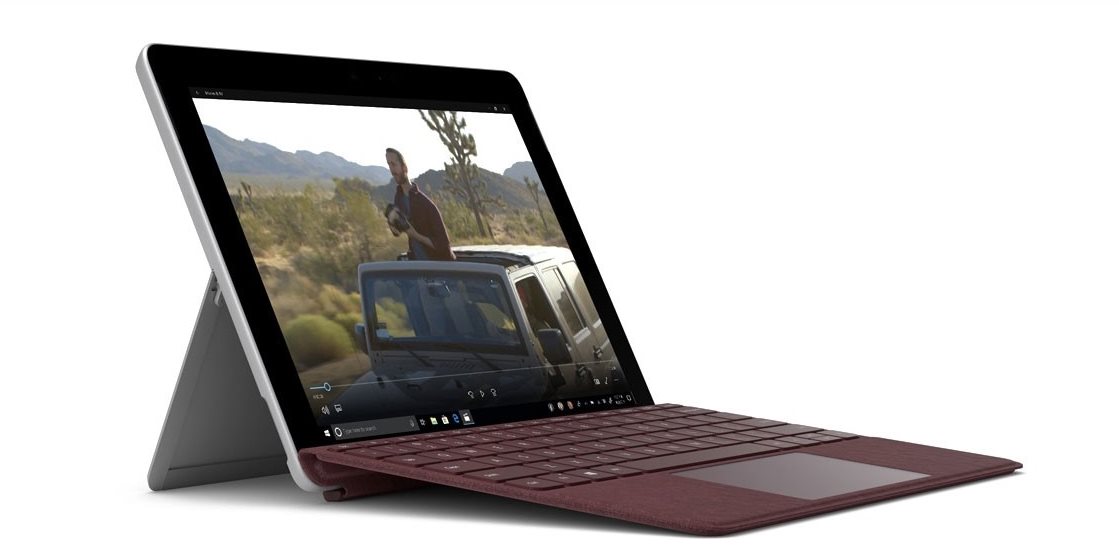
The rest of the storage options remain the same: 256GB, 512GB, and 1TB. And though the base configuration of the 2018 iPad Pro came with only 64GB of storage, it’s 128GB this time. While there was a disparity in RAM between configurations last time (4GB in some storage configurations and 6GB in another), all models have 6GB this time around. The iPad Pro’s internal sensors detect the orientation and reconfigure which speakers are being used accordingly. The iPad Pro still uses USB-C as its only physical port, and the headphone jack is still gone.įor audio, the tablet has four speakers, so it can provide stereo audio in any orientation (addressing a complaint we had about using the lower-end iPads for media consumption), and a set of improved microphones-five of them, to be precise. There’s still a TrueDepth sensor array and a 7MP FaceTime camera on the front. (Ars Technica may earn compensation for sales from links on this post through affiliate programs.) $799, plus $179 for the Smart Keyboard Folio and/or $129 for the Apple Pencil

As far as we could tell, nothing changed in the displays-and it didn’t need to, since they were already excellent. It comes in the same 11- and 12.9-inch variants, which still have displays of 2,388×1,668 pixels and 2,732×2,048 pixels, respectively, at 120Hz. The 2020 iPad Pro has largely the same specs as its predecessor.


 0 kommentar(er)
0 kommentar(er)
